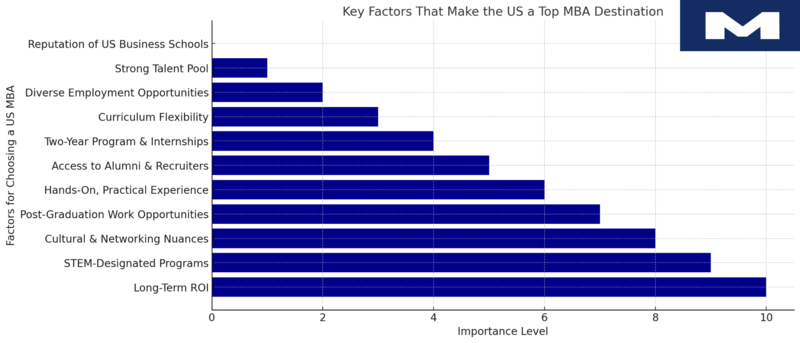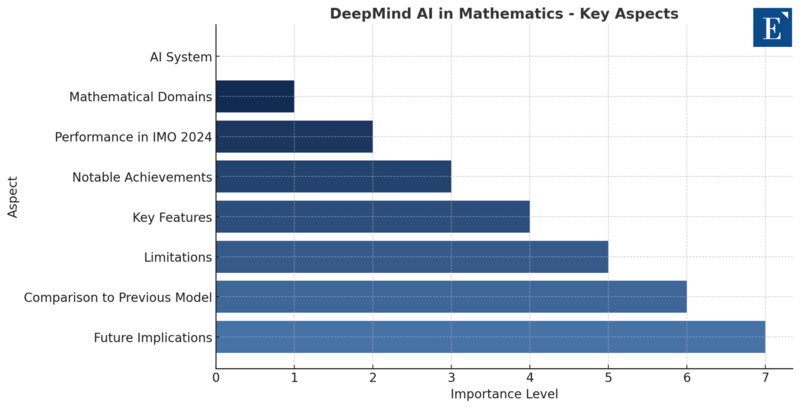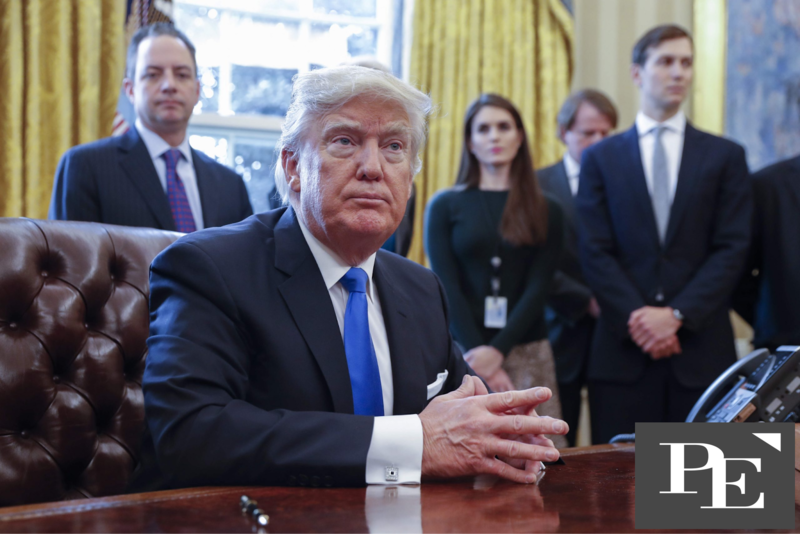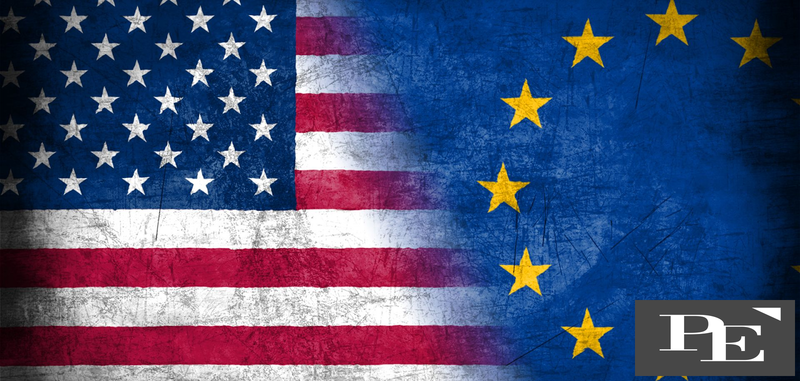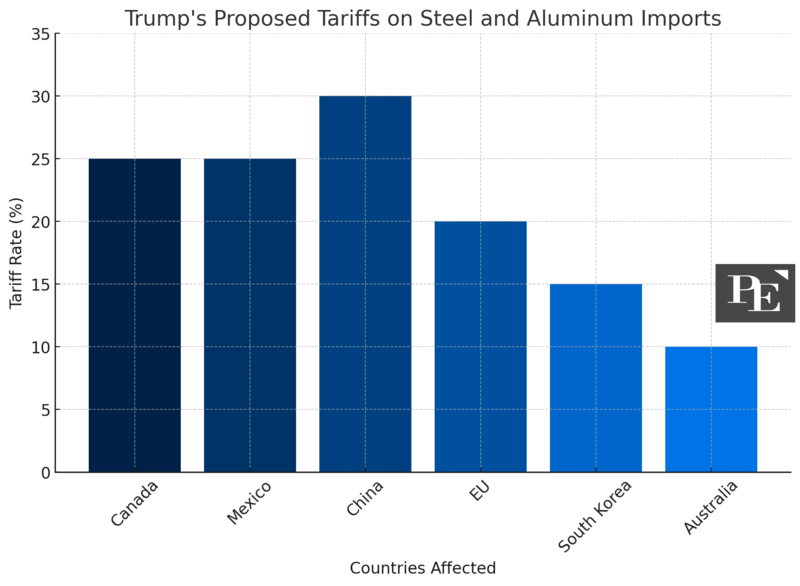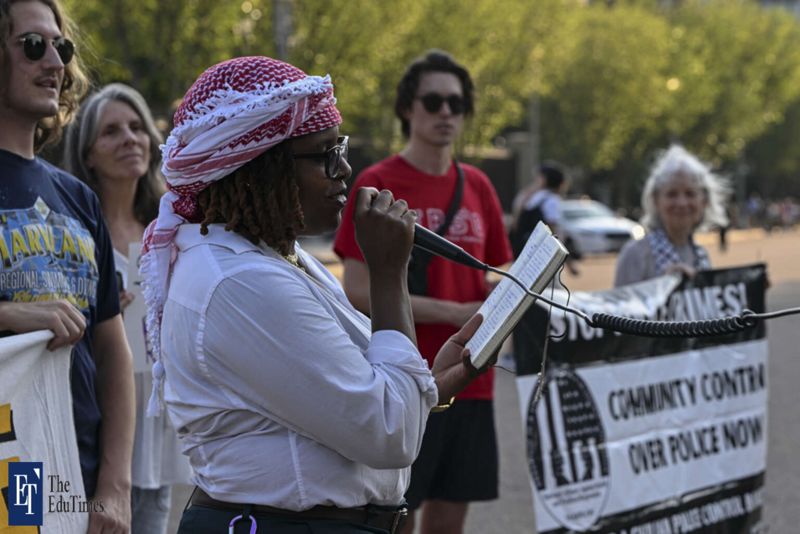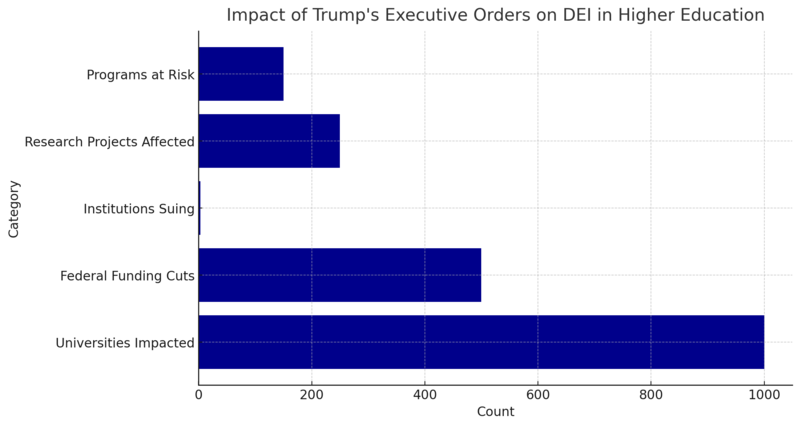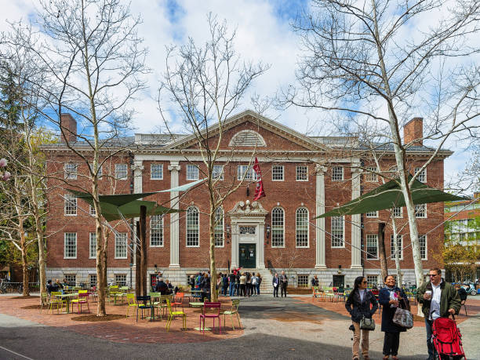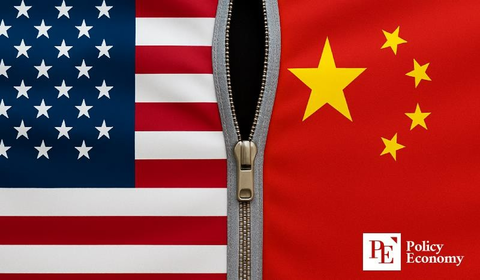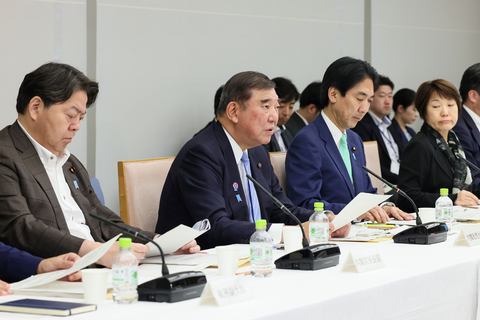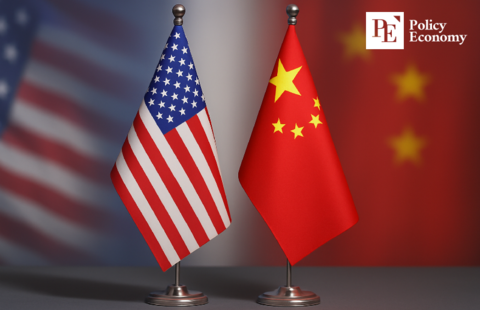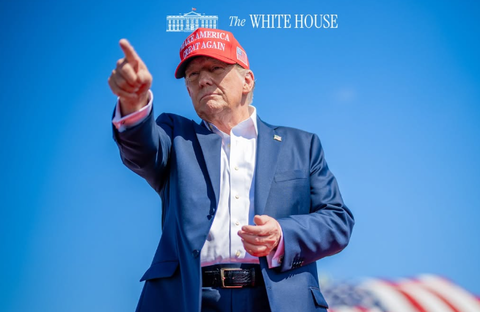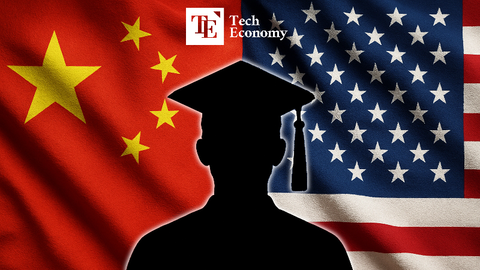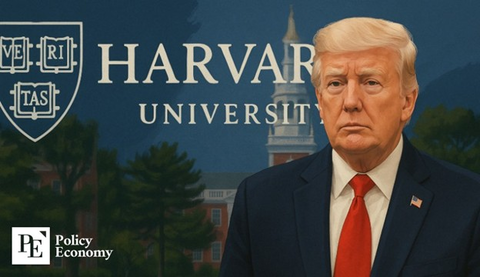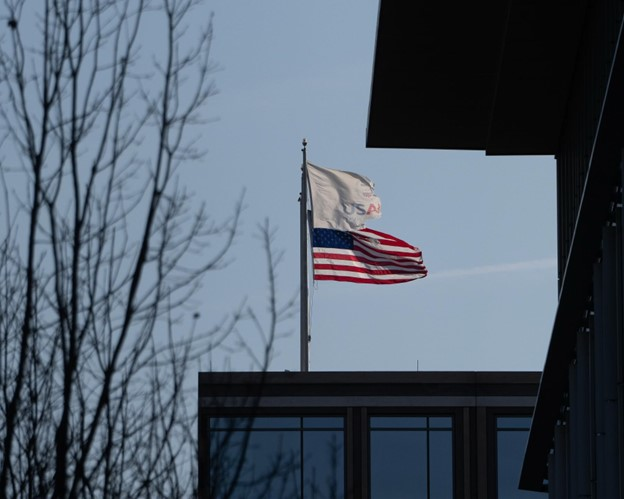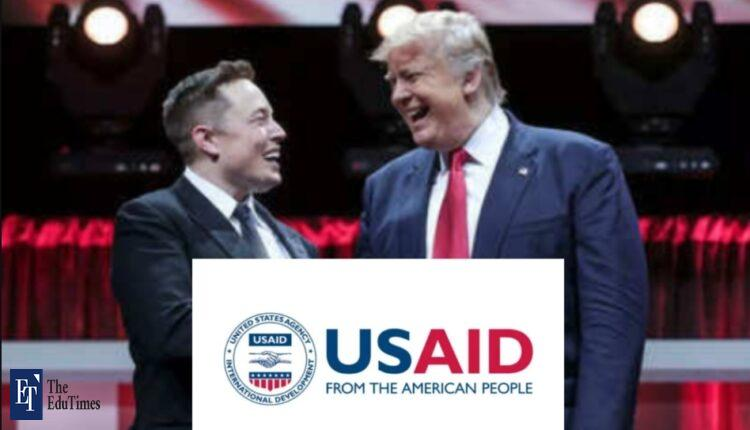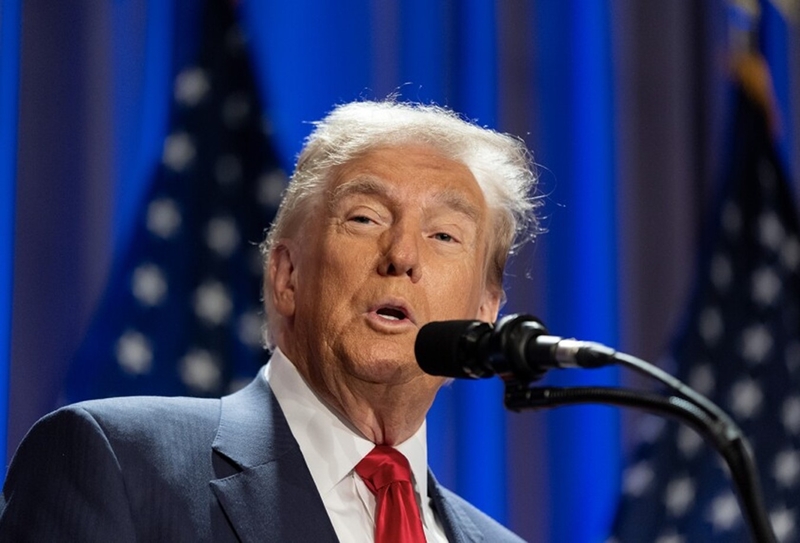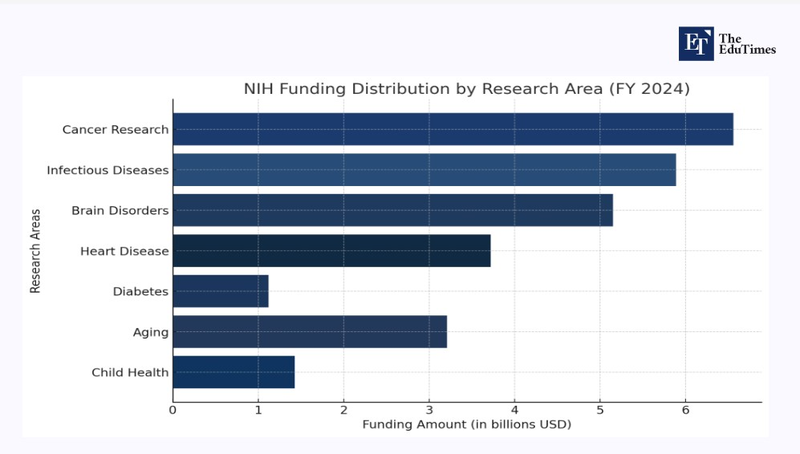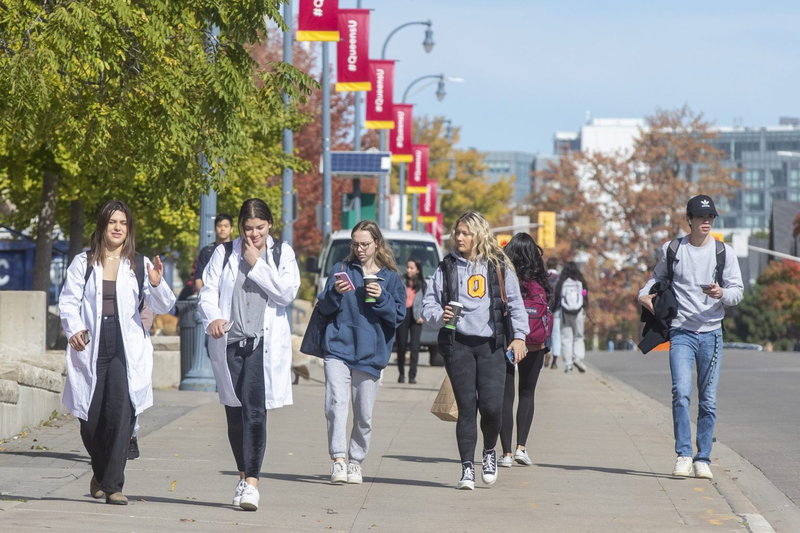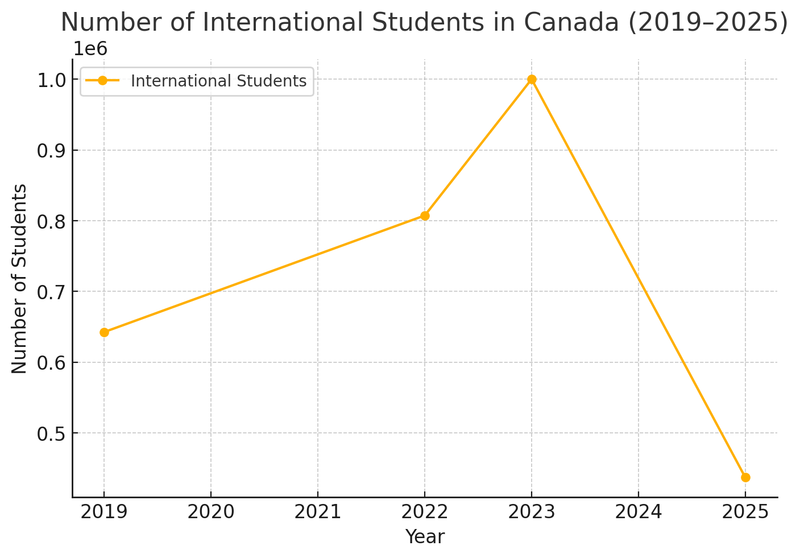This Is Why the US Is the Top Choice for MBA Students
Input
Modified
Pursuing an MBA in the US is a game-changer, offering world-class education, a powerful alumni network, and unmatched career opportunities. Here are the reasons why the US Is the Top Choice for MBA Students.
1. Reputation of US Business Schools
The US is home to some of the world's most renowned business schools, including Harvard, Stanford, and Wharton. These institutions set the global standard for MBA education. Many of these schools have a long history of producing influential business leaders, which boosts their credibility. The schools are known for their rigorous academic standards, diverse student bodies, and strong industry connections, all of which draw aspiring business leaders from around the world.
2. Strong Talent Pool
According to experts like Matt Ganderson from the University of Michigan Ross School of Business, the US attracts a rich talent pool of both students and faculty. This concentration of talent fosters an environment where students are challenged by the best minds in the field. Furthermore, the diverse and highly skilled faculty at these institutions ensures that students receive top-notch instruction, research insights, and mentorship.
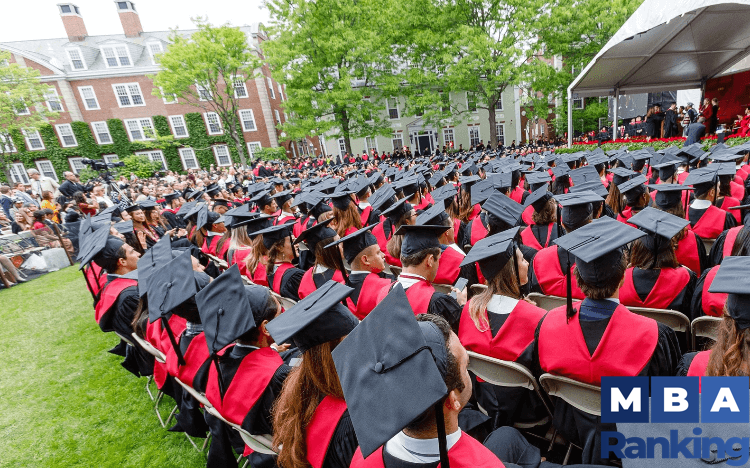
3. Diverse Employment Opportunities
The US job market is vast and diversified. From tech giants in Silicon Valley to global finance firms in New York, there is no shortage of career opportunities across industries. The US economy's size and diversity provide a wide range of employment opportunities for MBA graduates, whether they’re looking to start a career in consulting, finance, tech, or entrepreneurship. This makes it an attractive destination for students who want flexibility in their career paths.
4. Curriculum Flexibility
One of the standout features of US MBA programs is their curriculum flexibility. Most schools require students to complete foundational business courses in the first year, which provides them with a broad understanding of management. The second year, however, offers opportunities to specialize in areas such as marketing, finance, operations, or entrepreneurship. This combination of breadth and depth allows students to develop a well-rounded skill set while honing expertise in specific areas of interest. Additionally, many schools offer opportunities for dual degrees or minors, further enhancing the curriculum's flexibility.
5. Two-Year Program and Internship Opportunities
The traditional two-year structure of US MBA programs provides significant advantages, particularly through the summer internship. This internship serves as a valuable bridge between classroom learning and real-world application, allowing students to test their skills in a professional setting. Internships also help career switchers gain experience in new fields, which is a huge benefit for those looking to pivot their careers. Many international students also appreciate the two-year format because it gives them more time to adjust to life in the US and develop their networks.
6. Access to Alumni and Recruiters
Networking is crucial in the business world, and US business schools excel in providing students with access to strong alumni networks and recruiters. Schools like Duke University and the University of North Carolina (UNC) have extensive alumni networks that span globally. This means students can tap into a vast pool of resources, advice, and job opportunities across industries and regions. These connections are often cultivated through on-campus events, conferences, and networking dinners, which are integral to the MBA experience. For international students, this network offers a sense of community and guidance as they transition into the US business environment.
7. Hands-On, Practical Experience
In addition to theoretical learning, US MBA programs place a strong emphasis on hands-on, practical experience. Through case studies, industry leader spotlights, and experiential learning projects, students get the chance to apply what they learn to real-world business problems. This practical approach enhances learning and provides students with tangible outcomes they can showcase to potential employers. This practical exposure makes graduates more competitive in the job market and helps them stand out to recruiters.
8. Post-Graduation Work Opportunities
MBA programs also ensure that graduates capitalize on their career benefits especially in terms of having access to various employment opportunities and competitive salaries. The US offers some of the best post-graduation work opportunities for international students, especially through programs like Optional Practical Training (OPT), which allows them to work in the country for a period after completing their degree. According to the Business of Branding report, many prospective MBA students believe that the US offers superior opportunities for employment after graduation compared to other countries. This post-graduation work benefit, combined with the strong job market, increases the attractiveness of the US for international students.
9. Cultural and Networking Nuances
While the US offers numerous opportunities, it's important for international students to understand the local job market and networking culture. According to Matt Ganderson, it’s crucial for students to do thorough research into the US labor market and connect with industry professionals to make the most of their MBA experience. Understanding the culture of networking, which is often more formal and structured in the US than in some other countries, can significantly impact a student’s ability to succeed both academically and professionally. For example, students need to make time for networking events, career fairs, and alumni interactions to make meaningful connections.

10. STEM-Designated Programs
Some US MBA programs are STEM-designated, offering international students the opportunity to stay and work for an additional two years after graduation. This extended work period is particularly beneficial for those looking to gain work experience in fields like technology, engineering, or data science, where demand for talent is high.
11. Long-Term ROI
The return on investment (ROI) for pursuing an MBA in the US is often significant. As students like Eliot Digby-Jones from Duke University’s Fuqua School of Business attest, the value of an MBA becomes evident even early on. The combination of top-tier education, access to recruiters, and hands-on experience contributes to high job placement rates and competitive salaries for graduates. While top-tier MBA programs exist elsewhere, including Europe and Asia, the US continues to lead in terms of the quality of education, career opportunities, and networking potential. International students who plan their journey carefully, understand the job market nuances, and embrace US networking culture will find tremendous opportunities in the country.
